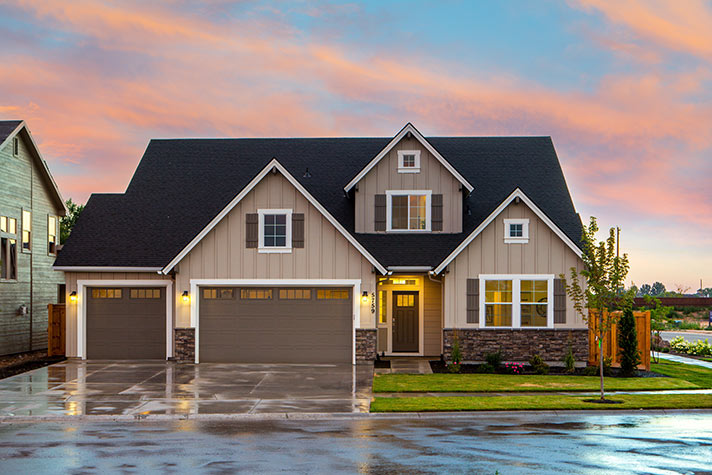On Real Estate & More – Submitted for the May 2020 issue
It was supposed to be the typical spring boom for real estate. But thanks to the coronavirus pandemic and subsequent economic downturn, what was expected to be a thriving sales season has hit a wall. On the real estate listing site Zillow, there’s already been a 20 percent drop in people looking at listings, but there are still some signs of life in the real estate business, despite the current situation with much of the country staying at home.
Despite the fact that people are not commonly looking at homes in person, it doesn’t mean they aren’t shopping around. Virtual tours of homes have become more popular, and buyers are looking at photos of listings more, before deciding if they want to come and look at a home. For out of area buyers, they are either waiting until they can come and look, having their real estate agent preview properties, or there are a few who are looking virtually without seeing the home before making an offer. There is also an increased reliance on social media to connect with prospective buyers and sellers.
When it comes to how many people will be buying homes after the pandemic eases, experts say the job market will serve as the determining factor of the real estate market’s ultimate success or failure. While unemployment rates have already skyrocketed, it’s not yet clear how many of those job losses will be permanent.
In Oregon, February was a successful month for sales, thanks to the mild weather, a high demand for housing, and a shortage of inventory. That momentum was expected to continue into the spring, but the after the pandemic hit, transactions started falling through and some buyers backed out of sales. With fewer listings on the market and social distancing canceling open houses, sales slowed down in March, but experts say there’s no reason to believe that will continue the rest of the year.
Economists such as Windermere’s Matthew Gardner has pointed out the differences between the current real estate market and the one that collapsed in 2008. In Oregon, the market was strong prior to COVID-19, thanks to a mild winter and low mortgage rates that got buyers out looking for properties early this year. But we also have a housing shortage — a strong contrast to what we faced in 2008. In 2008, there was a surplus of inventory, an overproduction of new construction, and loose regulations on buyers obtaining mortgages.
The real estate market was strong prior to COVID-19, with increased sales and prices through 2019 and the first two months of 2020. Instead, the typically quiet late summer period may be the selling season of 2020. Projections are that mortgage interest rates will remain low as well as a reduced supply of inventory. In Matthew Gardner’s weekly video blog at the end of March he stated: “I would not be surprised to see demand soften for a period,” said Gardner, “but, when we start to see some stability in the U.S. economy, I believe buyers will get back into the market very quickly.” That is good news for sellers – and will give them time to get their homes ready for the market.

 Sandy J. Brown lives in Jacksonville and is a real estate broker and land use planner with Windermere Van Vleet Jacksonville. She can be reached at sandyjbrown@windermere.com or 831-588-8204.
Sandy J. Brown lives in Jacksonville and is a real estate broker and land use planner with Windermere Van Vleet Jacksonville. She can be reached at sandyjbrown@windermere.com or 831-588-8204.